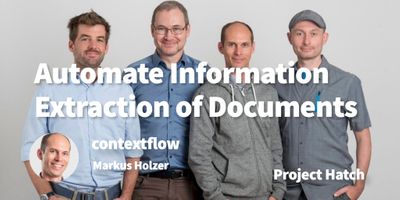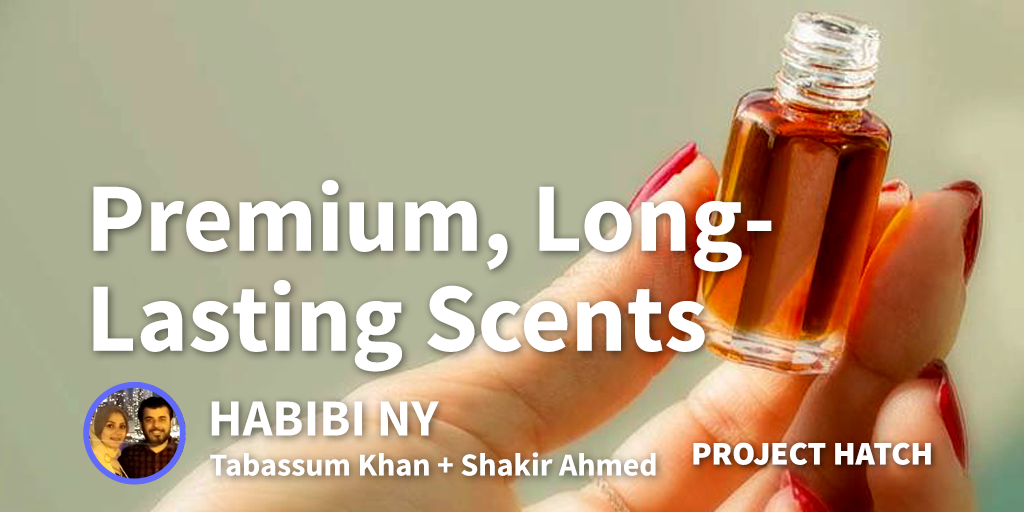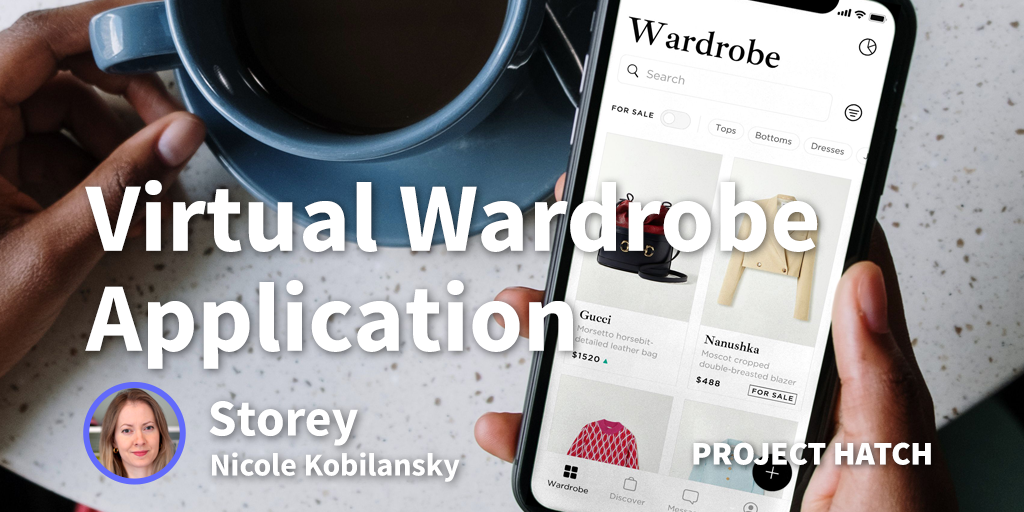The idea for contextflow developed gradually as part of a European research project Khresmoi. The goal was to build a multilingual, multimodal search and access system for biomedical information and documents. Part of the requirements were to automate information extraction of documents as well as analysis and indexing of 2D and 3D medical images. After showing the tool to various KOLs in the medical field and having them validate the need for such a tool, we realized we had something special we needed to investigate further.
Ultimately, we developed a 3D image-based search engine. Imagine you’re a radiologist and you encounter something complicated...it’s not immediately obvious what the findings should be. Currently, the information search process for these complex cases involves a lot of time: clicking out to text-based search engines, guessing the right keyword, waiting to discuss with a consulting radiologist, etc. Given radiologists’ increasing workload and the global radiologist shortage, they need to reduce time wherever possible. contextflow SEARCH allows the doctor to simply select a region of interest in any scan and receive reference cases, possible findings and medical literature all in one place within seconds. Currently we’re utilizing it on lung CTs, but obviously the ultimate goal is to be able to cover disease patterns for every organ and type of scan.
Of course, completing a research project and commercializing a prototype are two completely different things in terms of timeline, risk and complexity. We were fortunate to be introduced early on to our Head of Business Development, Marcel Wassink, who used to be the CEO of Philips Speech. He knows so many people; watching him at a trade fair is really amazing! As we began to attend more and more radiology conferences, we got to know more people. Consistency is key in healthcare: the first year is like, “Who are you?”; the second year is “Oh, you’re back”; and the third year is “You guys must be serious. Tell me what you do.” Combined with Marcel’s contacts and a product with a clear use case has helped us forge new partnerships with clinical partners. We’re currently in our proof of concept phase with 8 partner hospitals and clinics throughout Europe. To date, we’ve raised nearly €3M from public and private funds.
Who is your target demographic?
Healthcare is no different from many industries in that there are many gatekeepers and stakeholders along decision-making chain. Ultimately, we exist to improve radiologists’ daily workflows, and by extension, patients’ lives. They use the system and provide us with really honest, actionable feedback. In order for radiologists to be able to access our software, however, it has to be integrated into a Picture Archiving Communication System (PACS). These are the software systems that store medical images at hospitals. Thus, PACS integrators are vital to what we do. Thankfully, they’re very interested in bringing the state-of-the-art into clinical practice.
How did you fund the idea initially?
The initial funding for our idea came from the EU research project, Khresmoi. Once we decided to commercialize the concept, we went searching for public funding. Austria provides a lot of funds for tech startups, and we were lucky enough to benefit from those programs. Starting in 2018, we took on 2 Austrian VCs, and in 2019 we added two more from Spain and the UK. Altogether, we’ve raised close to €3M.
Vienna is an European capital, but we still joke that it’s like a village. Everyone knows everyone. I was conducting research at the Computational Imaging Research lab (CIR) at the Medical University of Vienna when I met our ultimate Co-Founder & Chief Scientist Georg Langs: he runs CIR. The other Co-Founders (CTO Rene Donner & Professor of Data Intelligence Allan Hanbury) were also part of the EU research project Khresmoi from which our idea sprung. So I guess you could say, “The EU brought us together!”
After the co-founding team was solidified, we have utilized our network for every employee since, and these recommendations always exceed our expectations. There’s no substitute for knowing someone in a professional capacity before you work with them. That being said, if you catch yourself thinking “but I don’t know anyone”, consider everyone you studied and worked with, people you connect with at Meetups and networking events, or even the people you see every week at your favorite fitness course, etc. Who shows up consistently? Whose energy complements yours? Who would you be happy to see in the office every day? Listen to your gut. Its wisdom is invaluable.
What motivated you to start contextflow?
If you had told me I would be doing this 10 years ago, I would have been skeptical. After all, I was just a student at the time! But when you have a solution for a pain point that affects people globally, and you’re receiving good feedback from respected people in your domain, you simply have to move forward. In that sense, it was more of a logical decision rather than an emotional one. My family and friends were supportive, but it’s natural to have some element of skepticism, especially if you’re not working in healthcare. But now they fully grasp what we’re trying to achieve, and their encouragement is really validating.
What motivates you when things go wrong? What is the end goal?
If you maintain a learning mentality, you’re not so disappointed when things go wrong; you simply learned a lesson and move on from it. What makes an effective manager, how to raise funding, how to hire the right people and build mutually-beneficial partnerships...these are just a few of the hundreds of lessons I’m learning (and continue to learn) since our founding. At the end of the day, the goal is to provide value to the client, in this case radiologists, while building and maintaining a strong team.
Which leads me to my advice for entrepreneurs just starting out: your team is your center. Take time to choose the right co-founders and subsequent co-workers. Company culture may seem like a buzzword, but it’s vital to your success; after all, investors buy into your team, not just your product.
Growth for the sake of growth will not lead to success. We have a very specific roadmap and targets, and we only grow at the pace that is required to meet those milestones. This allows us to focus and make quickly adapt when necessary.
How do you protect yourself from competition?
We take a very different approach from other AI in radiology companies. Whereas what is currently on the market is focused on automated detection and quantification of very specific findings, we offer a very general, scalable solution that assists the radiologist in decision-making. Imagine you have a tool that detects lung nodules. That’s fantastic...if the patient has a lung nodule. But what if they have something else? Or what if they have multiple findings? That’s when it’s really helpful to take a step back and look for many findings at once, which is exactly what we do.We have a patent pending on how to efficiently retrieve a list of relevant patients and reference information based on triggering a single region of interest in a scan.
What are the top 3-5 apps your business could not run without?
G Suite is life for obvious reasons, haha! We use Target Process for planning each sprint and breaking down large tasks into workable ones. It’s very easy to quickly get an overview of what work has been done/what is still to be done and who is responsible. I personally use workflowy to manage my day-to-day to-dos and take notes. It’s a very intuitive yet flexible tool for organizing your own life and responsibilities.
What are your favourite books and podcasts?
The Big Five for Life by John Strelecky really shaped my thoughts about what is important in life and how to be a leader who empowers people. Sapiens: A Brief History of Humankind by Yuval Noah Harari is incredibly engaging. If you’re into podcasts, I would recommend NPR’s Hidden Brain. It breaks down the patterns and biases that shape human behavior, which is both fascinating and important for people in positions of leadership to understand.
What are your next steps?
We’re in a rather exciting phase: completing our initial proof of concepts, launching our Series A and continuing the FDA approval process for the first version of contextflow SEARCH Lung CT, our search engine for radiologists. We’re also gathering feedback to improve contextflow TRIAGE Lung CT, our worklist prioritization tool which allows radiologists to reorder their caseload for time-critical patients. From a development perspective, some new features are in the works, which include allowing radiologists to view individual disease patterns via heatmaps and suggesting possible regions of interest. The ultimate goal is to deliver something radiologists can directly, quickly and easily enter into their reports.
As for the future, I’m looking forward to growing our offerings and team as well as scaling across geographies, particularly in Europe, the US and Asia. We aim to be the search engine for radiologists, saving time and money while increasing reporting quality and physician confidence. Should the right exit opportunity come along, we’ll certainly consider it; but for right now, it’s time to keep our heads down and do the work.
| Company Name: | contextflow |
|---|---|
| Founder: | Markus Holzer |






